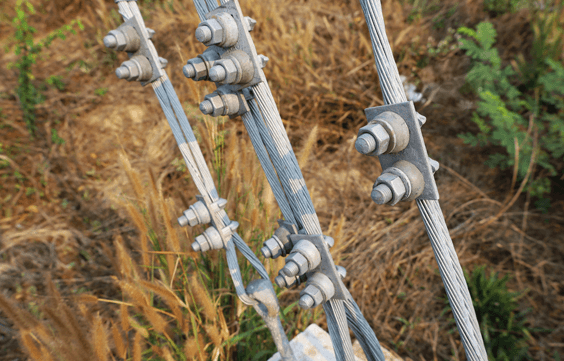Telecom tower workers require the utmost focus and experience to complete tasks safely and correctly while climbing. To mitigate certain safety risks associated with tower climbing, tower companies have begun to research the implementation of drones in providing aid to…
Set in concrete below the soil’s surface, guy wire anchors provide stabilization for free standing structures like telecommunications towers. With large portions buried underground, however, these key supports are subject to corrosion. Below is a guide to inspecting guy wire…
According to the Occupational Safety and Health Administration (OSHA), telecommunications towers typically range anywhere from 50 to 200 feet, while some guyed towers can reach heights in excess of 2,000 feet. At such heights, it’s imperative that tower workers understand…
Since the turn of the century, reliance on cellular phone usage has necessitated the construction of telecommunication towers in more areas to manage coverage and maintain cellphone signal demands. Much like radio and television towers, cell towers transmit signals using…
Although careful preparation by a tower company and its crewmembers can reduce the chance of tower-related accidents, it cannot eliminate risk entirely. For this reason, having an accident contingency plan, or emergency action plan (EAP), is paramount. Follow these three…
Guyed towers are secured by anchors made from refined metals. Unfortunately, refined metals tend to return to their unrefined state. This process, known as corrosion, is a major challenge for tower owners and operators. Below are some key factors for…
When exposed to outdoor elements, tower climbing equipment and safety gear loses effectiveness. From helmets to harnesses, recognizing the signs and risk factors of environmental damage is key to both avoiding impairment and minimizing the overall impact on each tower…







